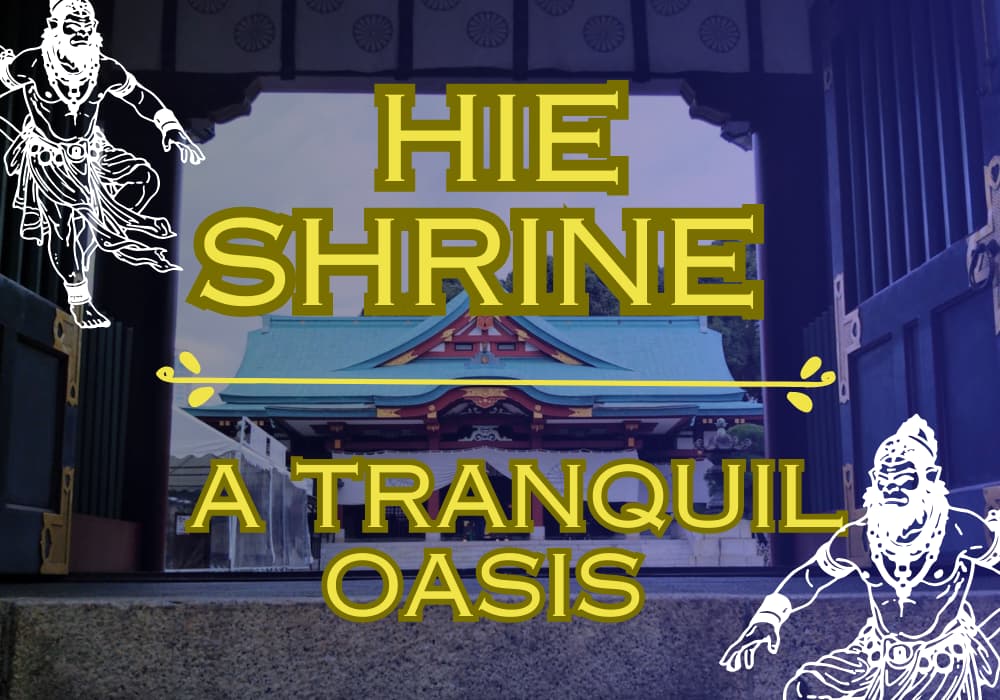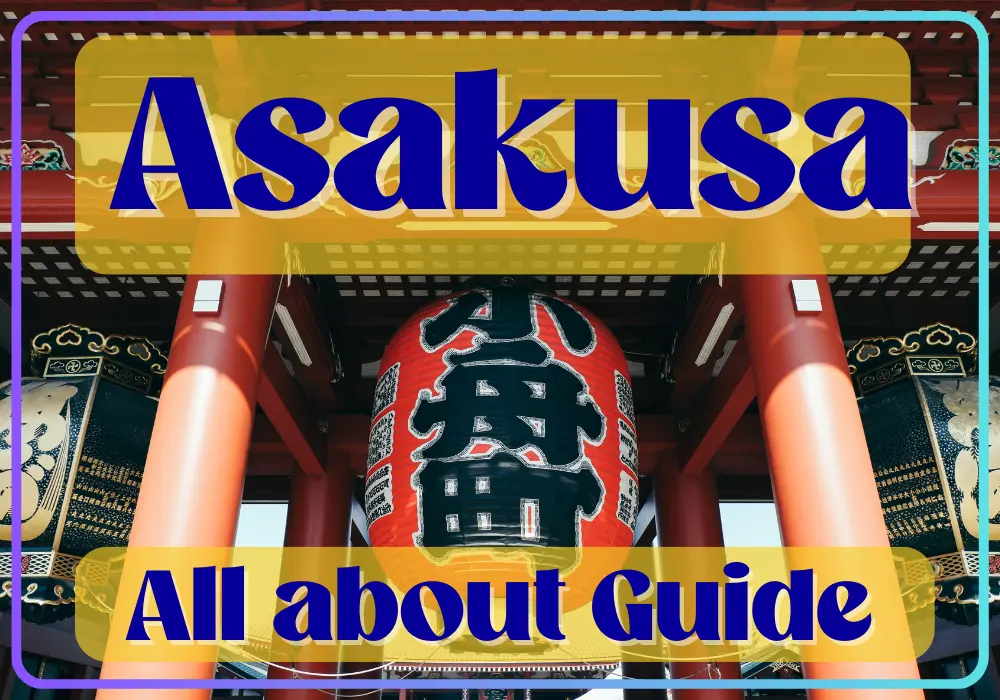Hie Shrine is located in Akasaka, Tokyo, and is affectionately known as “Sanno-san.”
This shrine has been revered as the guardian deity of Edo Castle since the Edo period. Even today, many visitors come to seek blessings for good relationships, career success, and prosperity in business.
We introduce Hie Shrine, a must-visit destination during your trip to Tokyo.
Hie Shrine
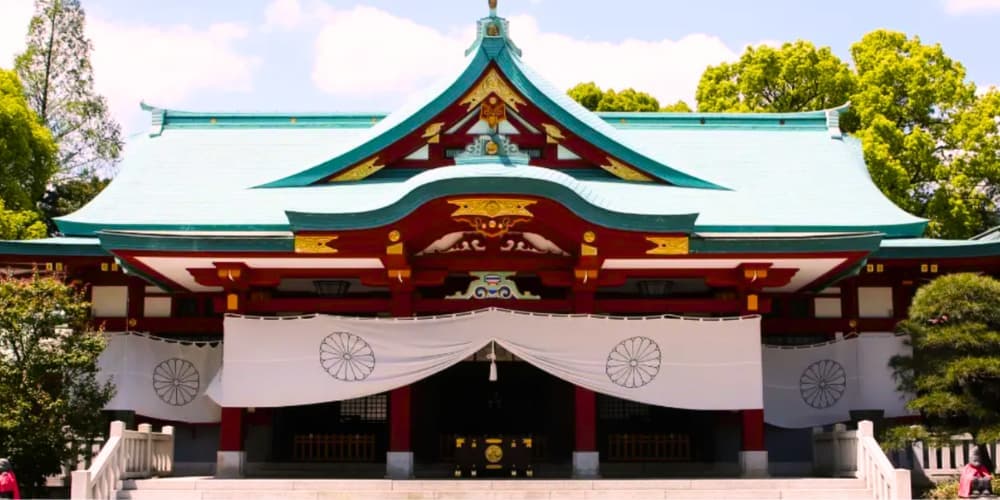
Beautiful and peaceful
Beautiful and peaceful. Serene and lush. No ticket needed to enter. There was a tour bus stopped for a visit at the time which was a bummer or it would’ve been even more tranquil. Must see if you’re in Tokyo!
Gorgeous
I came specifically for the Tori gates. Nonetheless, it is a gorgeous, relatively quiet temple within the crowded Tokyo. There are many locals who’d do photoshoots at the gate too so come early to avoid a wait and get nicer photos. Their goshuin is pretty too.
Important place to visit
Surprisingly beautiful shrine in the city of Tokyo. Once you are here, it doesn’t feel as if you are in the city. The Tori gate stairs are very picturesque and make for a good tinder picture if that’s what you want people to see. It’s definitely a break from busy city life.
From Google Review – Hie Shrine
| Open Hours | April to September: 5:00 AM – 6:00 PM October to March: 6:00 AM – 5:00 PM |
| Official Website | https://www.hiejinja.net/ |
Hie Shrine originally began as the guardian deity of the Edo area when the Edo clan enshrined Sanno Shrine in Kawagoe.
In 1478 (Bunmei 10), when Ota Dokan built Edo Castle, he invited Kawagoe Sanno Shrine as the guardian deity. Later, in 1590 (Tensho 18), when Tokugawa Ieyasu moved to Edo and made Edo Castle his residence, Hie Shrine became the guardian shrine of the castle and was also revered by the residents as the local tutelary deity.
The main deity of Hie Shrine is Oyamakui-no-kami, and additional deities enshrined are Kuninotokotachi-no-kami, Izanami-no-kami, and Tarashinakatsuhiko-no-mikoto. Recently, the shrine has gained popularity as a power spot for blessings related to matchmaking, love fulfillment, career success, and business prosperity.
One of the shrine’s unique features is the presence of guardian monkeys called “Masaru.” The word for monkey in Japanese, “saru,” is also a homophone for “en” (relationship), symbolizing the blessings for good relationships.
Sannō Matsuri – One of Japan’s Three Great Festivals
Hie Shrine hosts various events and festivals throughout the year. Among them, the largest is the Sannō Matsuri.
Held annually in June, this festival, which is one of Japan’s Three Great Festivals, boasts a history of over 1,300 years. Alternating with the Kanda Matsuri, it is held every even-numbered year. Starting at Hie Shrine, a grand procession extends 300 meters through the heart of Tokyo, creating a spectacular sight.
If you are traveling to Japan during this time, it is a must-see event.
Highlight of Hie Shrine
Hie Shrine stands in the heart of Tokyo.
The shrine grounds, beloved by many, offer an atmosphere that makes you forget you’re in the middle of the city. Hie Shrine has unique features that set it apart from other shrines, including the must-see Senbon Torii (thousand torii gates).
Visit Hie Shrine to receive its blessings.
Sannou Torii Gate
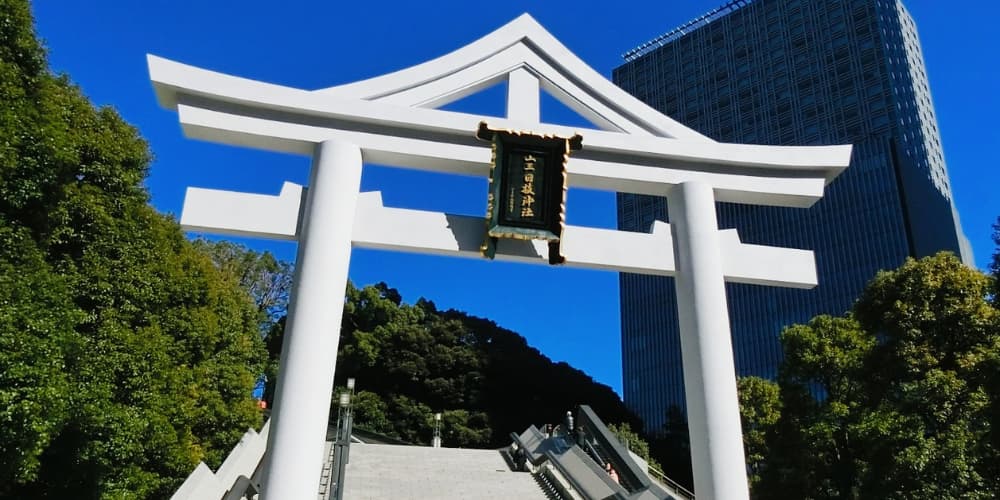
There are three main approaches to Hie Shrine. The first is the “Omotesando,” also known as the “Man’s Slope.”
The second is the “Nishisando,” which uses an escalator to cross the Sanno Bridge. The third is the “Inari Sando,” featuring a beautiful path of a thousand torii gates.
The easiest and most recommended route is the “Nishisando,” which takes you to the South Shrine Gate via an escalator. From the Sanno Torii Gate on this route, it is about a 3-minute walk from Akasaka Station (Exit 2) on the Chiyoda Line, and from Tameike-Sanno Station (Exit 7) on the Namboku and Ginza Lines. It is also about an 8-minute walk from Akasaka-Mitsuke Station (Exit 11) on the Ginza and Marunouchi Lines.
One of the unique features of this shrine is the escalator at the Sanno Torii Gate. The stairs can be quite long, so the escalator is convenient for those with weak legs or the elderly, allowing them to reach the shrine with ease.
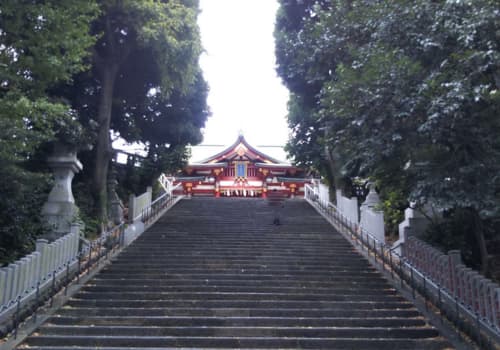
Otoko-Zaka Entrance
Among the four entrances, the one said to bring the greatest blessings is the route through the “Otoko-zaka” (Men’s Slope) located at the front entrance of Hie Shrine.
This steep stairway, known as the official approach or “Seisandō” to the shrine, is also traversed by the mikoshi (portable shrine carrying the deity’s spirit) during the Sannō Matsuri, also called the Tenka Matsuri. It is considered the most auspicious entrance. When using the Otoko-zaka, head towards Hie Shrine from Kokkai-gijidō-mae Station.
Shin-Mon Gate

The shinmon (sacred gate) of Hie Shrine was rebuilt after being destroyed in the Tokyo air raids of 1945.
Like the Sannō Torii, this gate is distinguished by the graceful curves of its triangular roof and its vivid colors, making it a key feature that enhances the entrance to the shrine. The design incorporates traditional architectural beauty, leaving a strong impression on visitors and serving as an inviting threshold into the sacred space.
The rebuilt shinmon continues to convey Hie Shrine’s history and culture, endearing itself to many worshippers.
Masaru
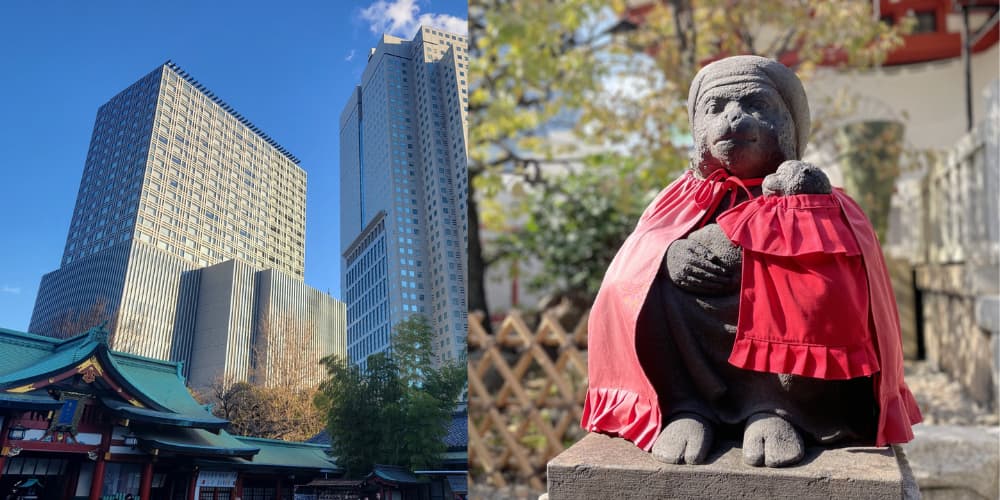
As previously mentioned, the Hie Shrine’s main hall is adorned with monkeys rather than komainu (guardian lion-dogs).
Historically, monkeys have been revered as intermediaries between gods and humans, referred to as “Shin’en” (sacred monkeys). The god Ōyamakui-no-kami, being a mountain deity, led to the belief that monkeys, also seen as guardians of the mountains, were valued as divine messengers. The word “saru” (monkey) is phonetically linked to “masaru” (to excel) and “maga saru” (to ward off evil), symbolizing victory and protection against evil spirits. Furthermore, they are believed to bring blessings for matchmaking, making them popular for this purpose.
Main Shrine (Main Hall) of Hie Shrine

Hie Shrine’s main hall enshrines the mountain deity Ōyamakui-no-kami.
The distinct vermilion-colored hall, reflecting traditional Shinto architecture, offers a serene retreat amid the bustling city. The main hall was rebuilt in 1958 after being destroyed in air raids in 1945. In spring and autumn, the beautiful shrine grounds attract both tourists and locals, who come to offer their prayers. Serving as the focal point for festivals, the shrine especially bustles with visitors during the Sannō Matsuri.
Sembon Torii of the Hie Shrine
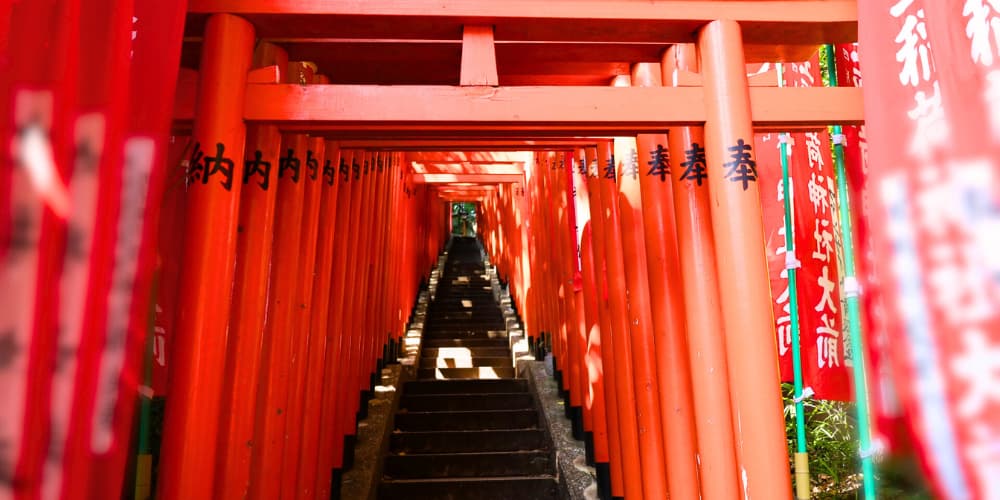
The Senbon Torii (thousand torii gates) at Hie Shrine is an iconic feature that adorns the shrine grounds.
The rows of red torii create a mystical passage, symbolizing a boundary between the sacred and the mundane. Walking through these gates is believed to purify the body and soul. Additionally, there is a belief that passing through the torii can help fulfill one’s wishes, attracting many visitors who come to make their prayers.
Access to Hie Shrine
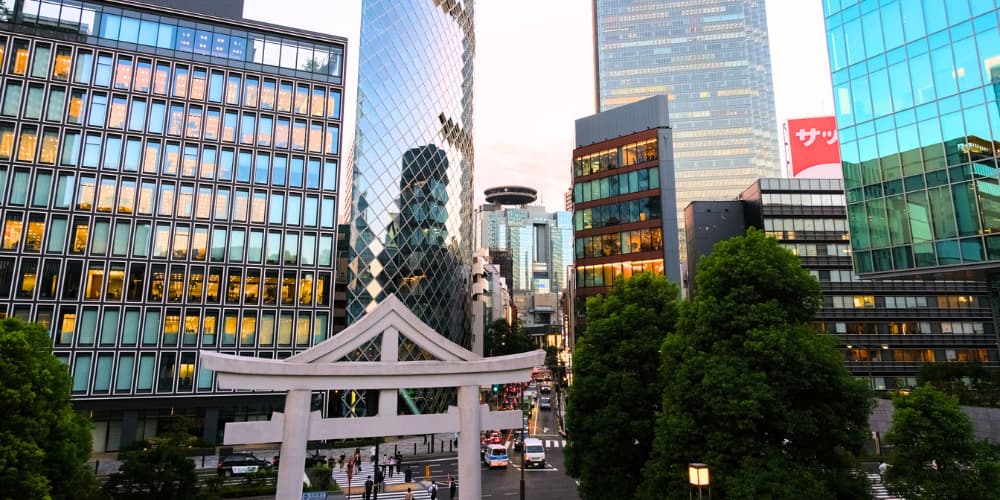
Hie Shrine, located in Chiyoda Ward, Tokyo, is easily accessible by several subway stations.
Tokyo Metro Chiyoda Line Akasaka Station (Exit 2), approximately a 3-minute walk.
Tokyo Metro Namboku Line & Ginza Line Tameike-Sannō Station (Exit 7), approximately a 3-minute walk.
Tokyo Metro Chiyoda Line Kokkai-gijidō-mae Station (Exit 5), approximately a 5-minute walk.
Tokyo Metro Ginza Line & Marunouchi Line Akasaka-mitsuke Station (Exit 11), approximately an 8-minute walk.
For convenient access from JR Tokyo Station, transfer to the Tokyo Metro. Take the Marunouchi Line towards Shinjuku, Ogikubo, or Nakano, and get off at Akasaka-mitsuke Station (approximately a 9-minute ride). From the station, walk along Sotobori-dori towards Roppongi for about 5 minutes.
